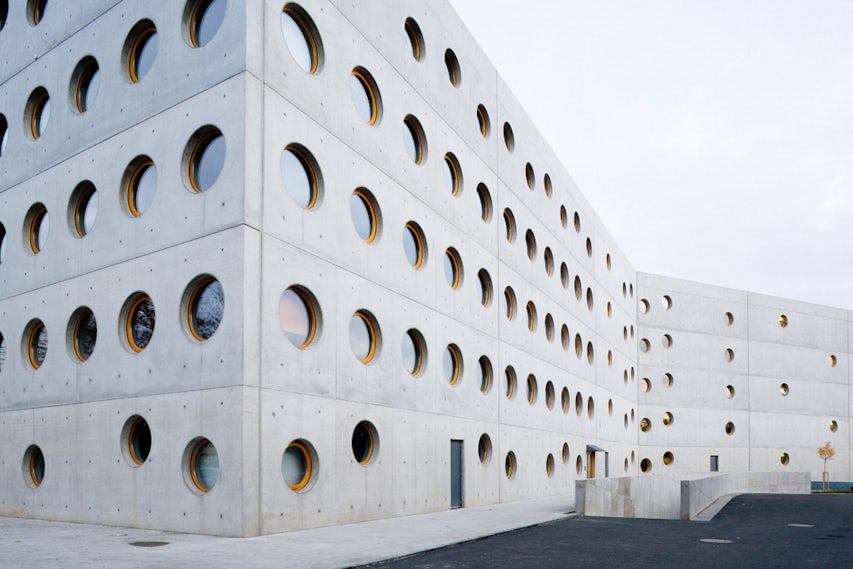Founded in 1978 by architect Steven Holl and bookseller William Stout, Pamphlet Architecture is a zine-like publication that explores experimental thinking in architecture. It has done so for the past 38 years by continuously giving designers — renowned ones like Zaha Hadid and Lebbeus Woods as well as emerging firms and architecture students — a platform to present their philosophies in a formatted dissertation.
At the time that the program was initiated, Steven Holl was very involved in the sourcing of materials and production of the magazine, and while he has distanced himself since, this year’s call for proposals is a strong reflection of his own interest and concern for climate change. The theme, “Floating Cities,” is showing of SHA’s overall manifesto that any building should be a so-called “green building,” so that every design and every building marks a further improvement in the technologies of green-building.

Steven Holl, Refugee Clinic, 2013
Submissions come from a variety of backgrounds and experience levels, and previous issues have featured all from burgeoning architects to students. The first prize in the competition receives $5,000, a sum to be used to develop the 36th issue of Pamphlet Architecture, produced by Princeton Architectural Press.
The first issue of the magazine, Pamphlet 1: Bridges, gave Rizzoli Publications a serious headache because Mark Mack had printed the cover in black ink on black paper: “It’s impossible to see; we can’t carry it,” said the publishing house. But the success of Pamphlet was nonetheless felt throughout the architecture community, as it rang in harmony with the liberating attitude of the 1970s.

Issues of Pamphlet Architecture, 2002 – 2012
Distribution was initially limited to a few stores in New York and San Francisco — where Stout came from. The magazines were affordable and offered architects like Steven Holl a way to be published at a time when the only other publication dedicated to architecture was Progressive Architecture. After the Princeton Architectural Press took over the production and distribution of the magazine in 1985, Pamphlet Architecture grew into a nonprofit organization in 1990.

Cover of Pamphlet Architecture 35: Going Live
Last year’s issue, “Going Live,” was released in parallel with a digital platform dedicated to the discourses and research presented in the publication, demonstrating the evolution of the program to further the discussion and reach new audiences.
For more information about the Call for Entries for Pamphlet Architecture 36, which ends June 21, please visit the dedicated PAP page. Amelia Taylor-Hochberg also published a complete interview with Steven Holl on Archinect.
Top image: Buckminster Fuller, Triton City, 1967




